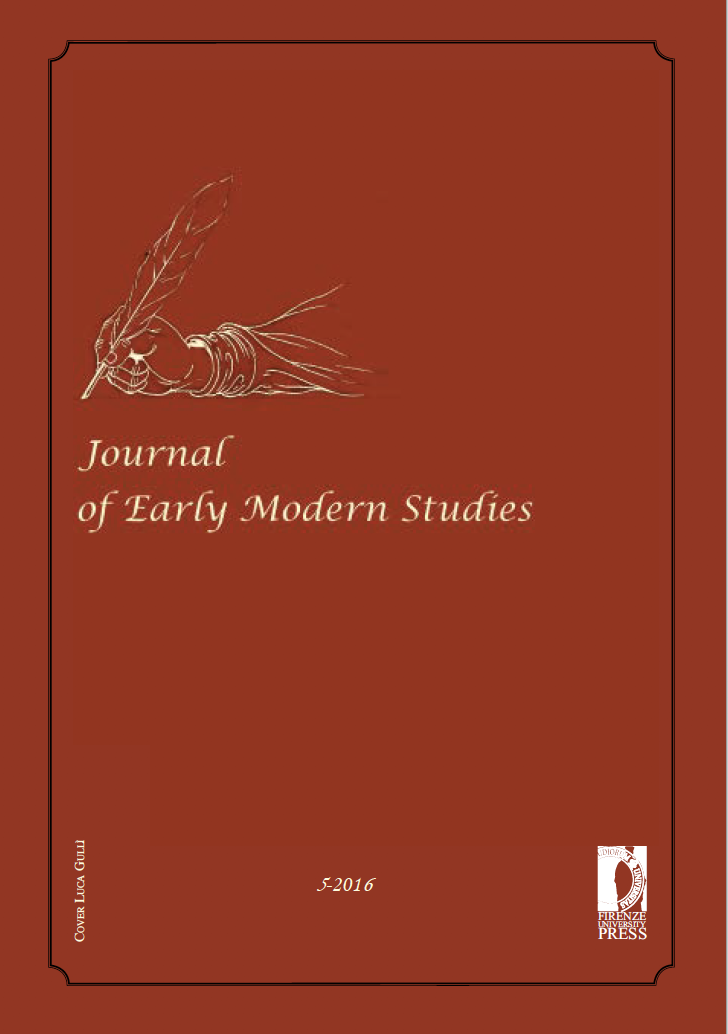Abstract
The essay examines the relationship between Shakespeare and Fletcher’s lost play The History of Cardenio and Theobald’s 1727 adaptation Double Falsehood, and various twentieth-first century attempts (by Greenblatt and Mee, Doran and Álamo, and Gary Taylor), to recover the lost play by adapting Double Falsehood. Any such attempt requires the modern adapter to identify which parts of Double Falsehood preserve the Jacobean original (and should therefore be retained) and which are the work of a Restoration or eighteenth-century adapter (and should therefore be removed). That task is essentially empirical. But recreation of the lost play also requires sympathetic creativity: in particular, an effort to imitate Shakespeare (and Fletcher).


